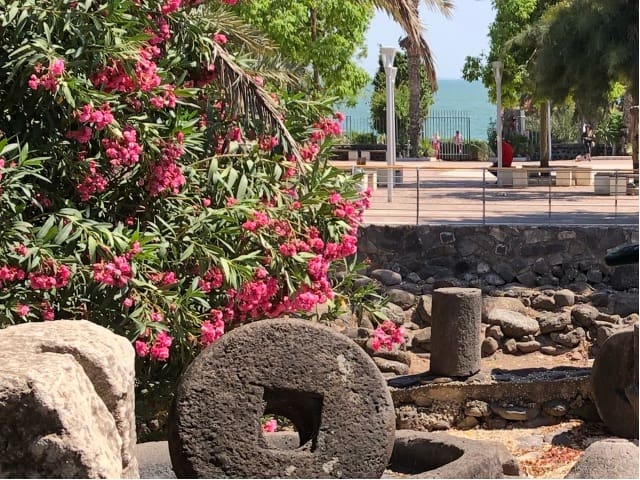
“At the same time came the disciples unto Jesus, saying, Who is the greatest in the kingdom of heaven? And Jesus called a little child unto him, and set him in the midst of them, and said, Verily I say unto you, Except ye be converted, and become as little children, ye shall not enter into the kingdom of heaven. Whosoever therefore shall humble himself as this little child, the same is greatest in the kingdom of heaven. And whoso shall receive one such little child in my name receiveth me. But whoso shall offend one of these little ones which believe in me, it were better for him that a millstone were hanged about his neck, and that he were drowned in the depth of the sea” (Matthew 18:1-6).
Ancient residents of Capernaum had several ways to make their living. Fishing was a major industry, as witnessed by Jesus calling the fishermen Peter, Andrew, James, and John on the shore of the Sea of Galilee near the city. Another industry was trade along the routes that ran through the city. This is where Jesus found yet another disciple, Matthew, sitting collecting taxes. However, a lesser known industry in Capernaum was related to the geography of the region.
Most of the holy land consists of various forms of limestone. This stone is suitable for building materials, but not for making millstones. Limestone degrades quickly and when used for grinding fills the flour with stone grit. In contrast to this, ancient Capernaum was built on hard, black basalt. This volcanic rock is ideal for use in grinding since it produces much less grit. Indeed, archeologists have uncovered factories for producing millstones in Capernaum.
Despite being quite heavy, humble millstones manufactured in Capernaum were shipped around the ancient biblical world. So, when Christ spoke of millstones and the sea, He was not speaking theoretically. He was in the town that produced millstones by the shores of the Sea of Galilee. It is interesting that He did not say this in Nazareth, Jericho, or Jerusalem. Instead His message was relevant to the local geography and culture.
Jesus’ imagery was vivid and terrifying to people who lived by the water. They would have been familiar with drowning, and the idea of plunging down into the water while tied to a millstone would have filled them with dread. Yet, in the words of Jesus, that is better than offending a young believer in Jesus. Jesus could have answered their debate about greatness by performing a miracle or claiming the position Himself, but instead He showed them His nature by pointing to the child and saying “Be like him.”
Christian, are you so caught up elbowing others aside to be first in Christianity that you have forgotten the nature of Christ? That He wants you to come to Him with the tenderness, innocence, and love of a small child, especially when you are His disciple?
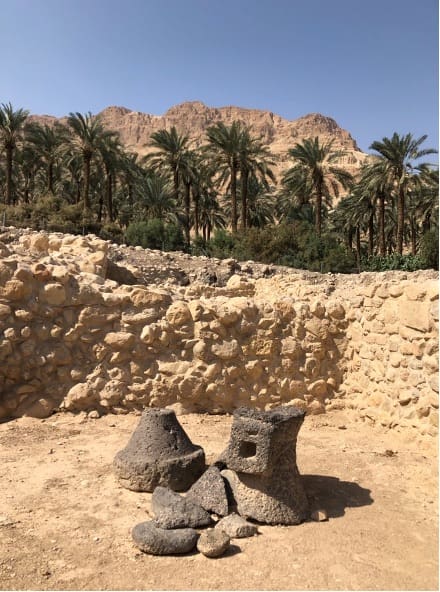
Black basalt millstone from Capernaum. It was found in En Gedi, about 150 miles south from where it was made. Note the contrast in color and texture with the limestone of most of the holy land.
Photo by John Buckner


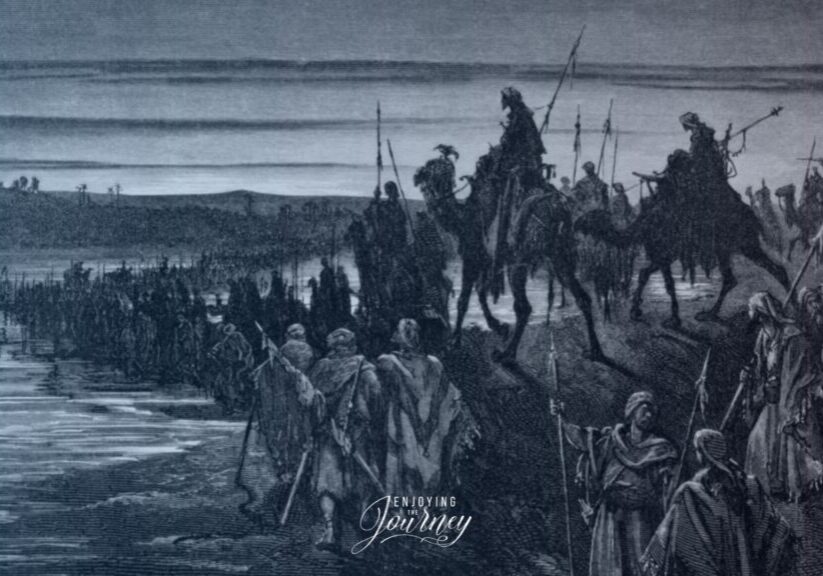

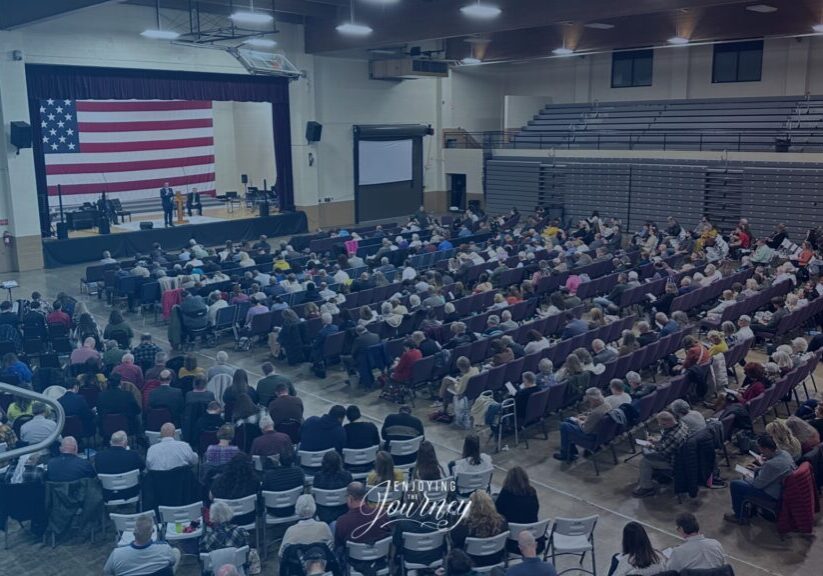

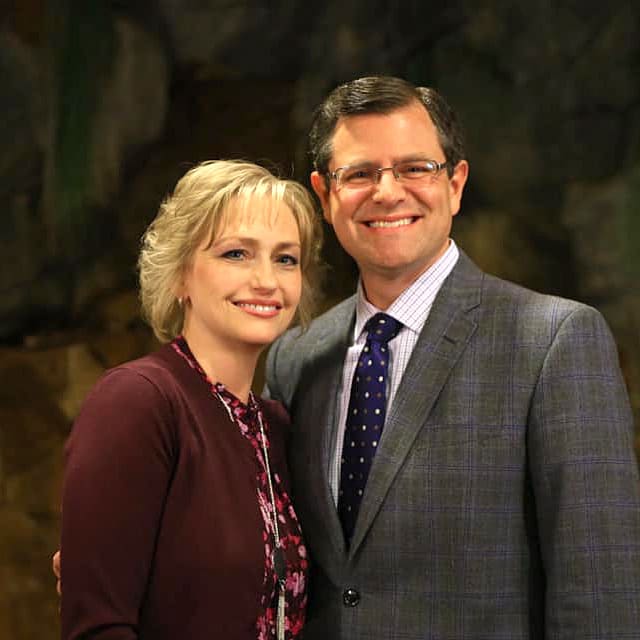
Excellent and convicting reminder!